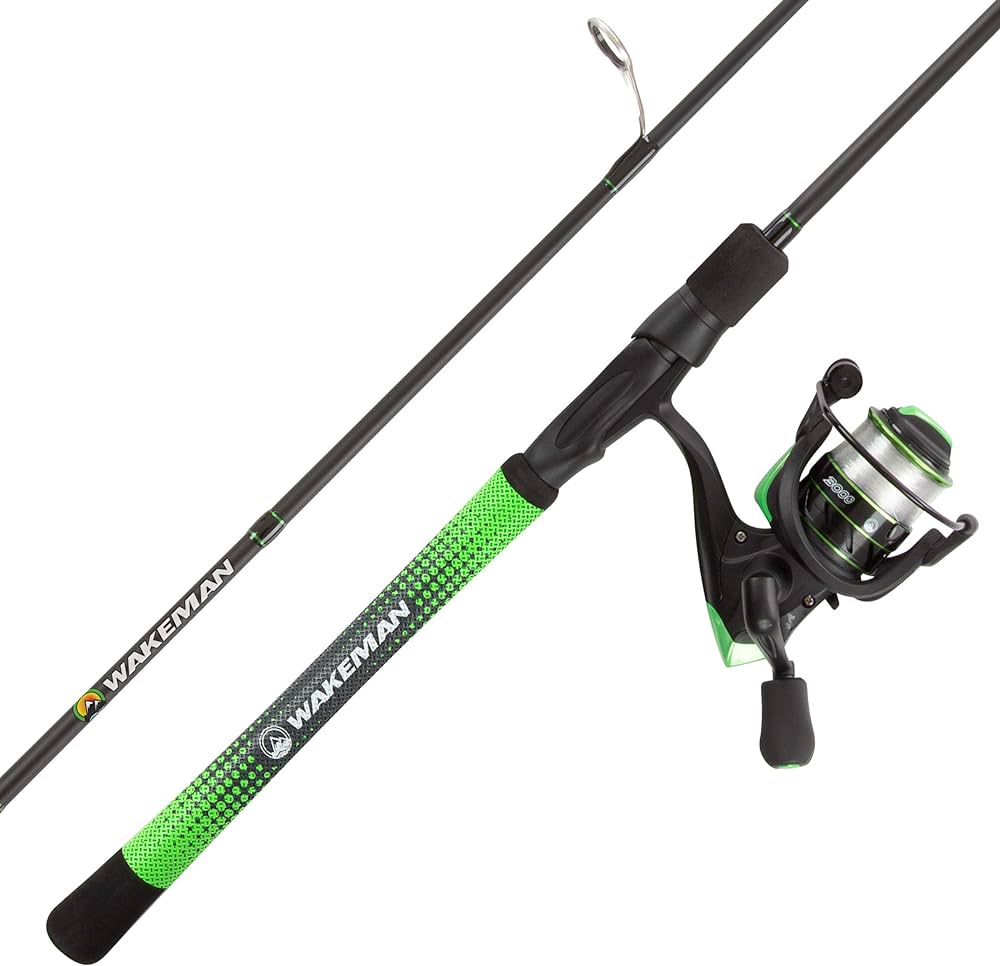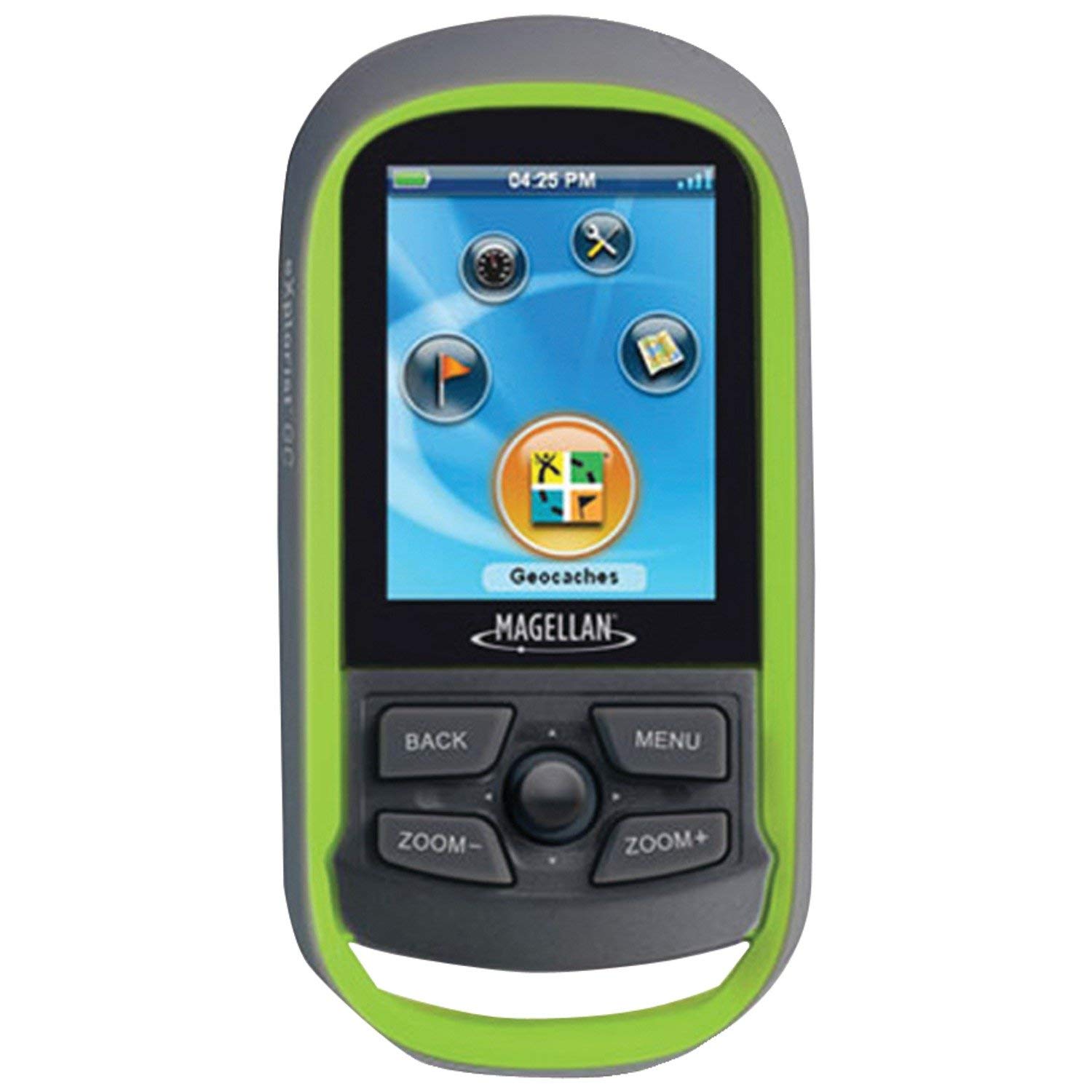When choosing a spinning reel for bass, consider using a size between 2500 and 3000 for versatility and optimal performance. Bass fishing enthusiasts often prefer these sizes for their balance of line capacity, compactness, and power.
Whether you are targeting largemouth or smallmouth bass, selecting the right reel size can significantly enhance your fishing experience. We will explore factors to consider when choosing a spinning reel for bass fishing and provide valuable insights to help you make an informed decision.
By understanding the importance of reel size and its impact on your fishing style, you can effectively enhance your chances of success on the water. Let’s dive in and discover the perfect spinning reel size for bass fishing!
Understanding The Basics Of Spinning Reels
Understanding the basics of spinning reels is crucial for selecting the right size for bass fishing. The components of a spinning reel include the body, spool, bail, handle, and drag system. These parts work together to provide smooth and effective operation.
One advantage of using a spinning reel for bass fishing is its versatility. Spinning reels allow for easy casting and are suitable for various fishing techniques, including finesse fishing and topwater fishing. They also offer a good line capacity, which is important when targeting larger bass.
The size of the spinning reel depends on the weight of the bass you plan to catch and the type of fishing technique you prefer. By understanding the basics and advantages of spinning reels, you can make an informed decision on the appropriate size for bass fishing.
Factors To Consider When Choosing A Spinning Reel Size
Choosing the right spinning reel size for bass fishing involves considering several factors. First, determine the fishing techniques you plan to use and their compatibility with reel sizes. Larger reels are more suitable for heavy lures and lines, while smaller reels are better for finesse techniques.
Next, consider the size and weight of the bass you typically target. Larger fish require reels with more line capacity and power. Additionally, think about the fishing environment and the potential distance you might need to cast. Longer casts may benefit from larger reel sizes.
Lastly, your personal preference and comfort should also be taken into account. Test different reel sizes to see which one feels most natural and comfortable for you. By considering these factors, you can find the ideal spinning reel size for bass fishing.
Matching The Reel Size With Bass Fishing Techniques
Matching the right size spinning reel with your bass fishing techniques is crucial for optimized performance. For finesse techniques, such as drop shotting and wacky rigging, a smaller reel size, like a 1000 or 2000, is recommended. It provides better control and sensitivity to detect subtle bites.
When it comes to power techniques like flipping and pitching heavy cover, a larger reel size, such as a 3000 or 4000, is ideal as it provides the necessary strength and line capacity. For all-around versatility, a reel size of 2500 or 3000 strikes a balance between finesse and power techniques.
Remember to choose a reel size that complements your fishing style, ensuring a successful bass fishing experience.

Credit: www.wired2fish.com
Assessing Line Capacity For Different Reel Sizes
Determining the appropriate line capacity for bass fishing depends on the size of the spinning reel. Different reel sizes require different line capacities, which is important to consider in order to have a successful fishing experience. Choosing the right line capacity ensures that you have enough line to handle the fighting power of bass.
It also allows you to cast further and manage the reel’s drag system effectively. Smaller reels, such as the 1000 or 2000 sizes, generally have lower line capacities, while larger reels like the 4000 or 5000 sizes offer higher line capacities.
Assessing the line capacity based on the reel size will enable you to make accurate casts, avoid line breakage, and increase your chances of landing a trophy bass. So, when it comes to choosing the right size spinning reel for bass, don’t overlook the importance of line capacity.
Balancing The Reel With The Rod For Optimal Performance
Balance is key when it comes to choosing the right spinning reel for bass fishing. Understanding the importance of balance between the reel and the rod is crucial for optimal performance. The fishing setup should be carefully balanced to ensure smooth and accurate casting.
An unbalanced setup can lead to fatigue and inefficiency in reeling in the fish. When selecting a rod to complement your spinning reel, consider the reel’s weight and size. A heavy reel may require a heavier and stiffer rod, while a lighter reel can be paired with a lighter and more flexible rod.
The goal is to achieve a harmonious pairing that allows for comfortable handling and efficient control while casting and retrieving. So, when it comes to bass fishing, finding the right balance between the spinning reel and the rod is essential for a successful angling experience.
Examining The Gear Ratios Of Spinning Reels For Bass Fishing
Gear ratios play a crucial role in the performance of spinning reels for bass fishing. These ratios determine the speed at which the line is retrieved, as well as the presentation of lures. When it comes to choosing the right size spinning reel for bass, understanding gear ratios is essential.
Lower gear ratios, such as 5. 2:1, offer more power for handling larger fish and heavy cover. On the other hand, higher gear ratios, like 6. 2:1 or 7. 2:1, provide faster retrieve speeds, ideal for covering water quickly. Additionally, it is important to consider the specific fishing scenario.
In situations where a slow presentation is needed, a lower gear ratio is recommended. However, if a fast, aggressive retrieve is desired, a higher gear ratio is the way to go. By matching the gear ratio to the fishing technique and conditions, anglers can optimize their bass fishing experience.
Evaluating Drag Power For Spinning Reels
When choosing a spinning reel for bass fishing, it’s important to evaluate the drag power. The drag power determines how easily the line can be pulled out from the reel when a bass is hooked. Different reel sizes require different drag powers to effectively handle bass.
It’s crucial to find the right balance between a drag that is too loose and one that is too tight. If the drag is too loose, the bass can easily escape by pulling out line quickly. On the other hand, if the drag is too tight, it can put too much pressure on the line and potentially cause it to break.
By determining the suitable drag power for different reel sizes, you can ensure better control and success in bass fishing.
Understanding The Weight And Build Of Spinning Reels For Bass Fishing
Understanding the weight and build of spinning reels for bass fishing is crucial. Consider the reel’s weight to avoid fatigue during long fishing trips. Evaluating the durability and build quality of spinning reels ensures better performance and longevity. The right size spinning reel for bass will depend on various factors, including the fishing technique and the weight of the lures used.
Lighter reels are suitable for finesse techniques, while heavier reels are better suited for heavy cover and bigger baits. It’s important to find a balance between weight and strength to have optimal control over your fishing equipment. By carefully selecting the right spinning reel size, you can enhance your bass fishing experience and improve your chances of landing the big ones.
Considering Budget And Brand Selection
When choosing a spinning reel for bass fishing, it’s important to consider your budget and the brand selection. Quality and price are closely connected, so understanding this correlation is key. There are several popular spinning reel brands that are recommended for bass fishing, each offering different options and features.
It’s essential to research and compare these brands to find the one that best suits your needs and preferences. By selecting a reputable brand within your budget, you can ensure that you are getting a reliable and efficient spinning reel for catching bass.
Keep in mind that the size of the spinning reel should also be suitable for bass fishing, allowing for smooth casting and reeling in those prized catches. So, take the time to make an informed decision and enjoy a successful bass fishing experience.
Maintenance And Care For Spinning Reels
Maintaining and caring for your spinning reel is crucial to its longevity and performance. Proper cleaning and lubrication procedures are essential to keep your reel operating smoothly. Regularly clean the exterior and remove any dirt or grime that may accumulate.
Ensure that you also clean the internal components of the reel, such as the bail, line roller, and spool. Lubricate moving parts with reel grease or oil to reduce friction and prevent rust. Additionally, store your spinning reel properly to prevent damage.
Avoid storing it in extreme temperatures or exposing it to direct sunlight, as this can cause warping or discoloration. Always store your reel in a protective case or bag, and avoid placing heavy objects on top of it. Following these maintenance and care tips will help prolong the lifespan of your spinning reel and ensure optimal performance when bass fishing.
Frequently Asked Questions On What Size Spinning Reel For Bass
What Size Spinning Reel Is Best For Bass Fishing?
The ideal size spinning reel for bass fishing is typically between 2500 to 4000. This allows for a good balance of line capacity, retrieve speed, and drag strength to handle the size and fighting abilities of bass.
Can I Use A Smaller Spinning Reel For Bass Fishing?
While it is possible to use a smaller spinning reel for bass fishing, it may not provide the desired performance. Smaller reels have less line capacity and weaker drag systems, making it more difficult to handle larger bass and land them successfully.
Is A Bigger Spinning Reel Better For Bass Fishing?
Using a bigger spinning reel has its advantages in bass fishing. It offers increased line capacity and greater drag strength, allowing you to handle larger bass more effectively. However, it may also result in a heavier setup and reduced sensitivity.
What Factors Should I Consider When Choosing A Spinning Reel For Bass Fishing?
When selecting a spinning reel for bass fishing, consider factors such as line capacity, gear ratio, drag system, and overall durability. These factors will determine how well the reel handles bass and impacts your overall fishing experience.
Conclusion
To ensure successful bass fishing, choosing the right size spinning reel is crucial. The size of the spinning reel directly impacts the overall performance and efficiency of your fishing experience. By understanding the characteristics of different reel sizes and matching them with your specific needs, you can optimize your chances of catching bass.
Smaller spinning reels are ideal for lightweight lures and finesse fishing techniques, while larger spinning reels excel in handling heavier lines and larger baits. It is essential to consider factors such as line capacity, drag power, and gear ratio when selecting a spinning reel for bass fishing.
Additionally, keeping in mind the type of water and fishing conditions you will be facing will further aid you in making the right choice. Remember, finding the perfect-sized spinning reel will significantly enhance your bass fishing endeavors, improving your casting distance, accuracy, and overall angling performance.
Happy fishing!





